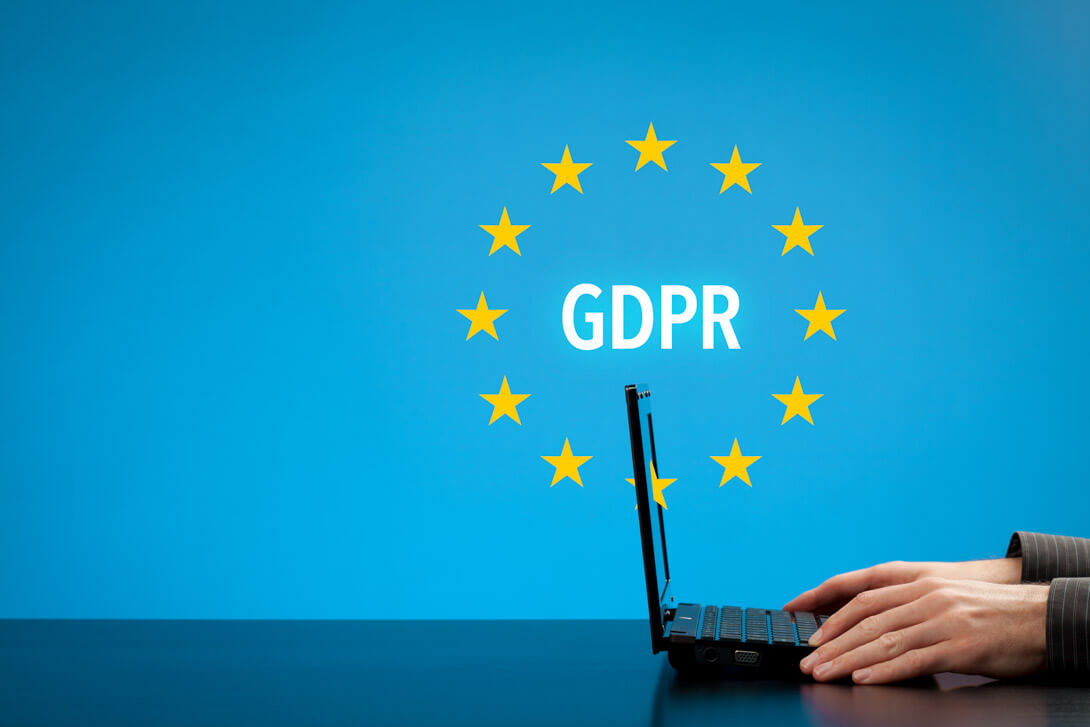The Beginning of the European Union GDPR
It is but pertinent that all organizations are hiring the services of cloud providers for data storage and processing since it is not economical or feasible to store and process such a humongous amount of data on-premises. So both the organization and the cloud service provider either within or outside the EU who has EU citizens’ data with them fall under the purview of GDPR. The motto of the EU regulation was clear – ‘Act or face consequences’. Any non-compliance by the organization has to be paid in the form of a steep fine and that amount is 4% of its annual global revenues. That is something organizations surely like to avoid. Thus, the need for a CASB for GDPR compliance becomes apparent.
In order to practice Data Loss Prevention (DLP), a Cloud Access Security Broker hits the right target so that data can be secured and protected.
How a CASB Helps an Organization with Data Protection?
Organizations had to audit, report, and make necessary changes to their policies before May 2018 to comply with GDPR. Given the several features of a CASB solution, opting for the right CASB vendor or a solution provider should be their initial step to understanding and becoming GDPR compliant, if not handling the audit independently. With CASB security providers, an organization can benefit from these facilities:
-
- Data Security: A Cloud Access Security Broker i.e. CASB plays a crucial role in data security as it sits between the organizations and the cloud service providers and monitors all the activities and ensures that the security measures are in place. CASB services are needed both at the proxy level, wherein it ensures real-time inline security, and at the API level where it provides backend security.
-
- Data Identification, Monitoring, and Security: A CASB identifies, monitors, and secures the data. Also, encryption provides the processing of sensitive data without affecting the application functionality. So whether it is the data at rest both in the organization’s on-premises infrastructure or the cloud services, or the dynamic in-transit data, it helps in quarantining the data from security risks. CASB provides for active data monitoring at all levels, including the record level and the document level.
-
- Visibility: It provides insight into all the controls, users, data, and actions and gathers information on the authorized or unauthorized applications and their frequency of use.
-
- Compliance: A CASB helps in meeting the compliance standards of PCI, PII, and HIPAA, etc. More importantly, it can be customized to meet the organization’s requirements so that both internal and external security threats are identified and rectified. Also, the security arrangements can be reviewed by the organization by audits, and modifications to improve the security based on the GDPR compliance can be suggested.
CASB for GDPR Compliance
While assessing for GDPR, an organization needs to evaluate, track and understand the information flow of all the user data that it possesses, such as phone numbers, social security numbers, PINs, passwords, document numbers, passports, etc. DLP policies play an essential role in monitoring the transmission of such confidential data, whether it is in motion (network traffic), in-use (endpoint actions), or at-rest (data storage). DLP policies also detect potential data breach or data-exfiltration transmission and help in preventing data loss.
Post evaluation, the organization is in a better state to understand their standing for GDPR compliance, and the chances are that they need to build a more secure data ecosystem. This is where DLP comes into action. With DLP policies, an admin can restrict unauthorized data transfer or access from inadmissible users and devices, keeping the data secure, and organizations GDPR compliant.

